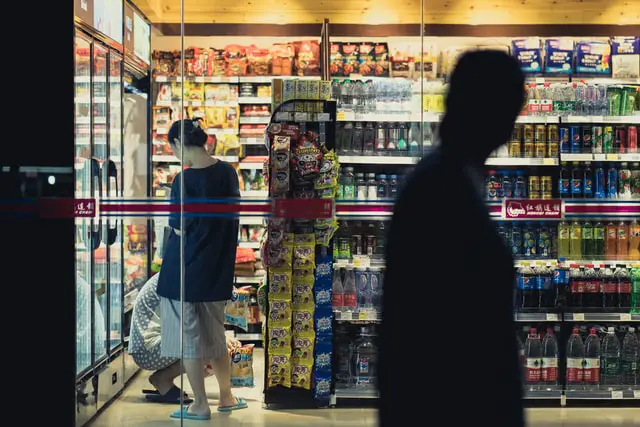Convenience stores have become a popular destination for shoppers looking for a quick and easy shopping experience.
With their wide selection of products and services, they are able to cater to a broad range of people, making the target market for convenience stores incredibly diverse.
Some convenience store customers look for a quick snack or drink, while others look for items that they can’t find at traditional grocery stores.
Some others need to shop out of normal hours while other customers prefer to shop for everything they need in a single store.
In order to appeal to as many customers as possible, it’s important to understand the different types of people who make up the target market for convenience stores.
In this article, we’re going to do just that. Keep reading!
Who is the Target Market for Convenience Stores?
To best understand the target market for convenience stores we need to ask ourselves what need do people have to go to a convenience store as opposed to any other type of store?
The answer to this question is simple: convenience.
When we focus on this need, we can divide the market into the following customer segments:
- People looking for a quick and easy shopping experience
- People who live in rural areas
- People who are looking for items that they can’t find at traditional grocery stores
- People who need to buy items outside of normal shopping hours
- People who are looking for a one-stop shop
Now that we know the different customer segments that make up the target market for convenience stores, let’s take a closer look at each of them.
1. People looking for a quick and easy shopping experience
This target market for convenience stores is made up of busy people who value their time and are looking for a shop where they can quickly go in and out and get everything they need.
This could include people who are working long hours and don’t have time to go to a traditional grocery store, people who are running errands and need to make a quick stop, or parents with young children who want to avoid the hassle of a large store.
Convenience stores need to be able to cater to these customers by having a wide selection of products available and being able to serve them quickly.
2. People who live in rural areas
In addition to busy people, convenience stores also target people who live in rural areas or who do not have access to a traditional grocery store.
This target market is looking for a place to buy food and other necessities without having to travel far from home.
Convenience stores can appeal to these customers by offering a selection of products that meets their needs.
Rural convenience stores may also target farmers and ranchers who are looking for a place to buy supplies or who need to stop for gas on their way to town.
3. People who are looking for items that they can’t find at traditional grocery stores
Convenience stores can be a great option for people who are looking for items that they can’t easily find at traditional grocery stores.
This target market is looking for a shop that has a wide selection of products so they can find what they need. Such items include snacks, drinks, cigarettes, medicine and toiletries.
Some convenience stores also carry items like lottery tickets and alcohol, which can be appealing to this target market.
4. People who need to buy items outside of normal shopping hours
One of the benefits of convenience stores is that they are often open 24 hours a day, which can be appealing to people who need to buy items outside of normal shopping hours.
This segment of the target market for convenience stores includes people who work night shifts, people who have unexpected needs (like a flat tire), and people who want to avoid the crowds at traditional stores.
5. People who are looking for a one-stop shop
One overlooked benefit of convenience stores is that they are often a one-stop shop for people who need to buy several different types of items.
This can be incredibly convenient who do not have the time or transportation to go to multiple different stores.
In addition, many convenience stores now offer additional services like ATMs, money transfers, and even laundry services.
Conclusion
The target market for convenience stores includes people looking for a quick and easy shopping experience, those who live in rural areas, and those who are looking for items that they can’t find at traditional grocery stores.
Since many convenience stores are open 24/7, this market also includes people who need to buy items outside of normal shopping hours.
Finally, people who are looking for a one-stop shop and do not want to lose time going to multiple specialty stores will often pick up what they need at convenience stores.
